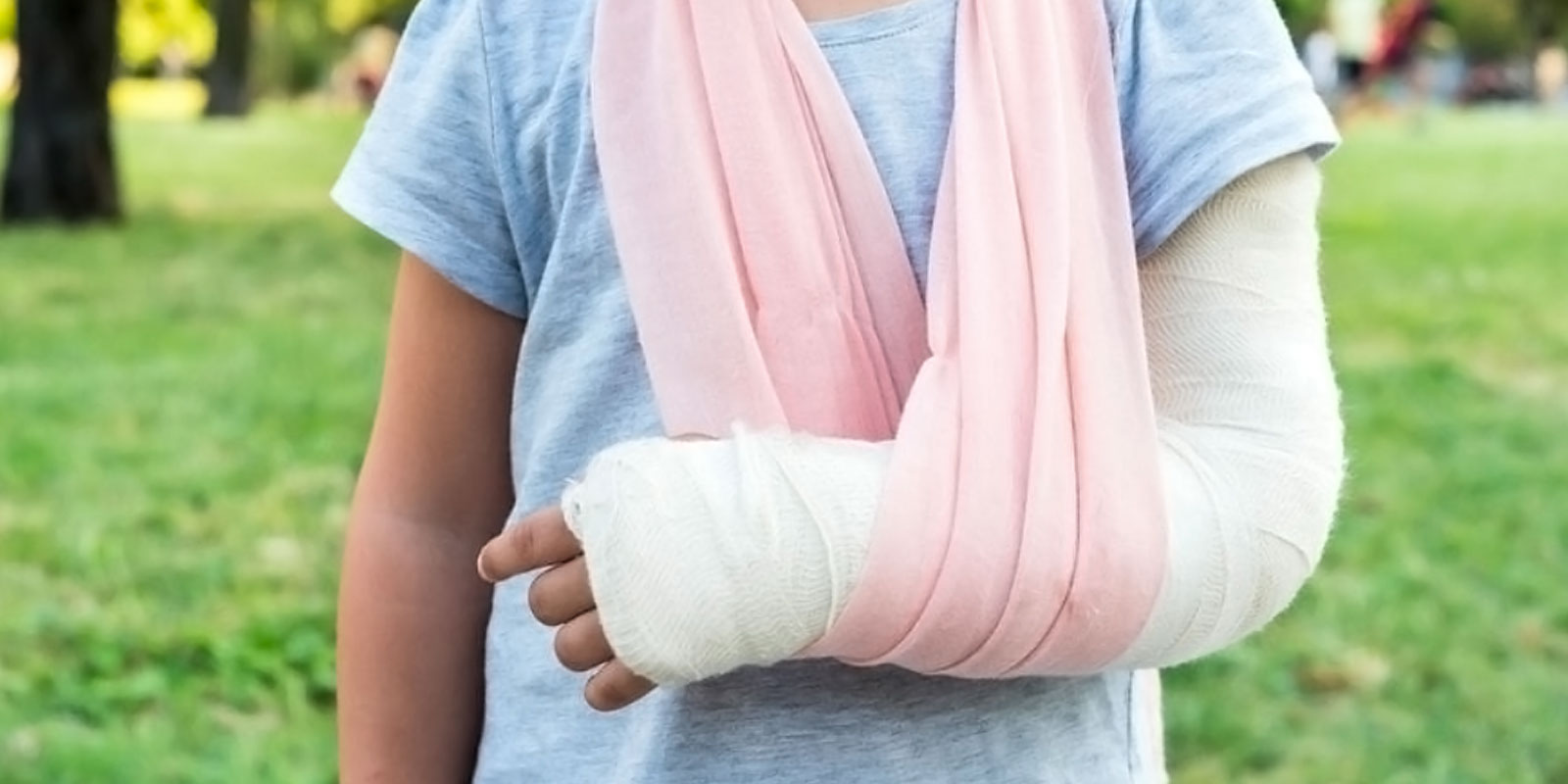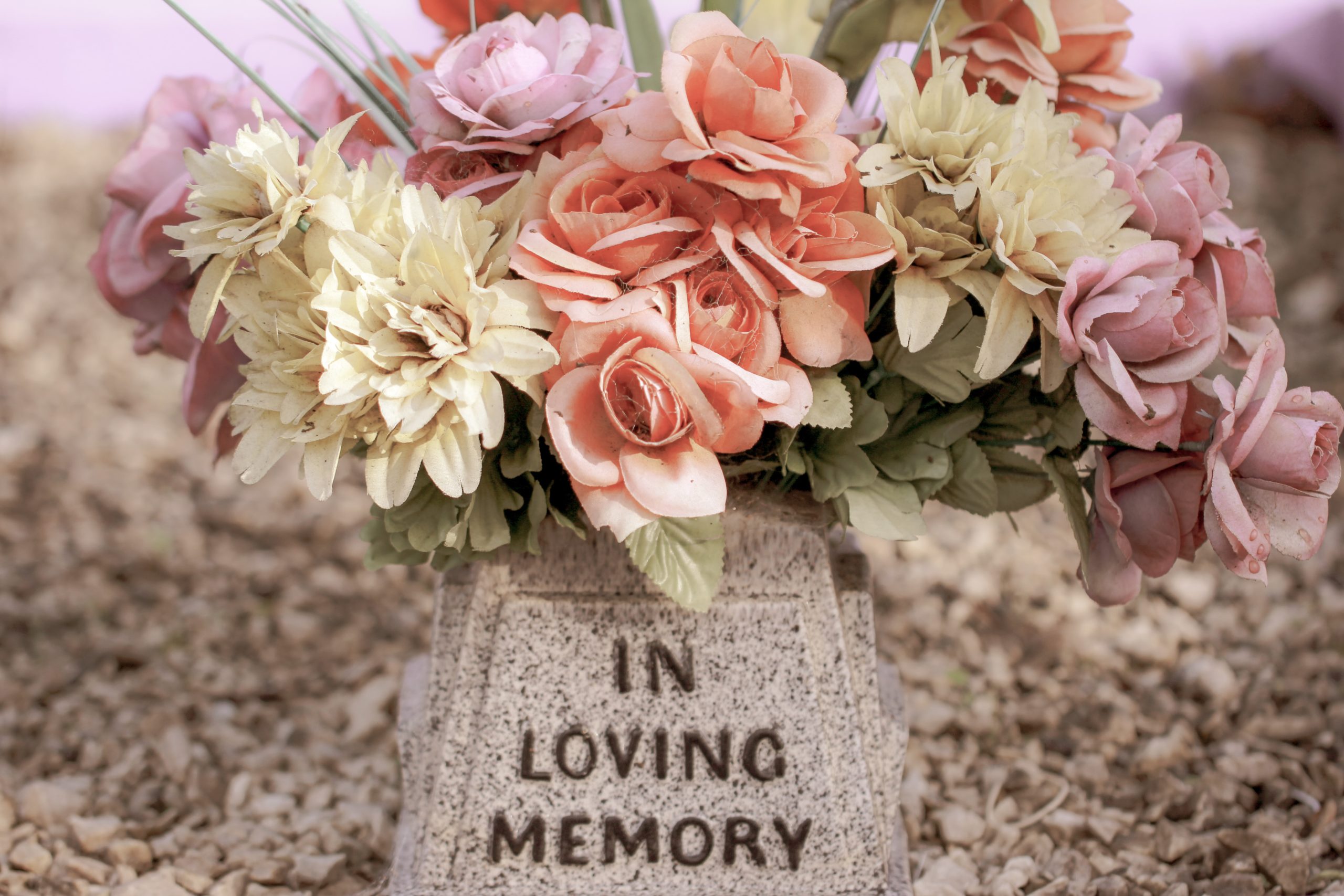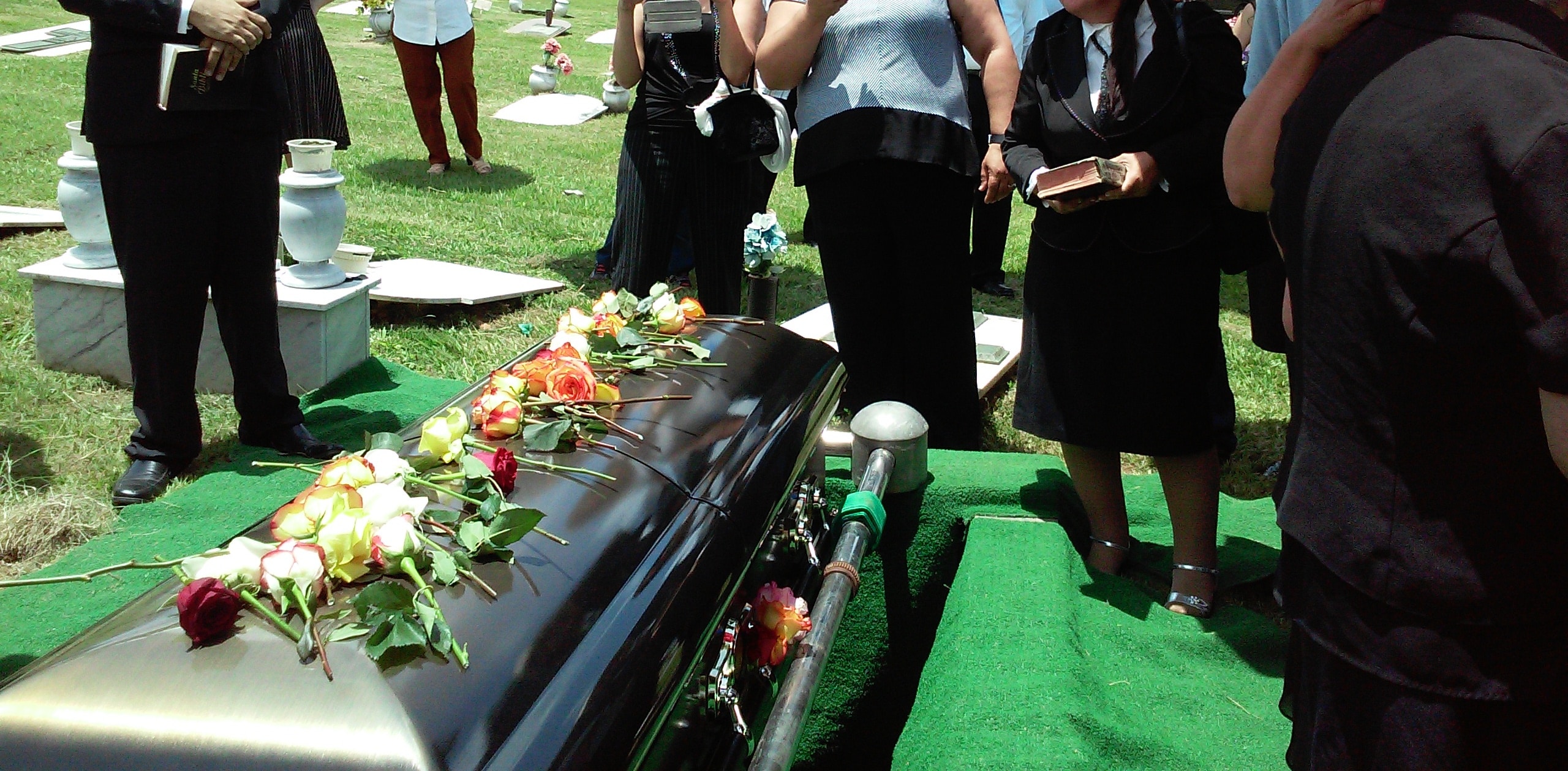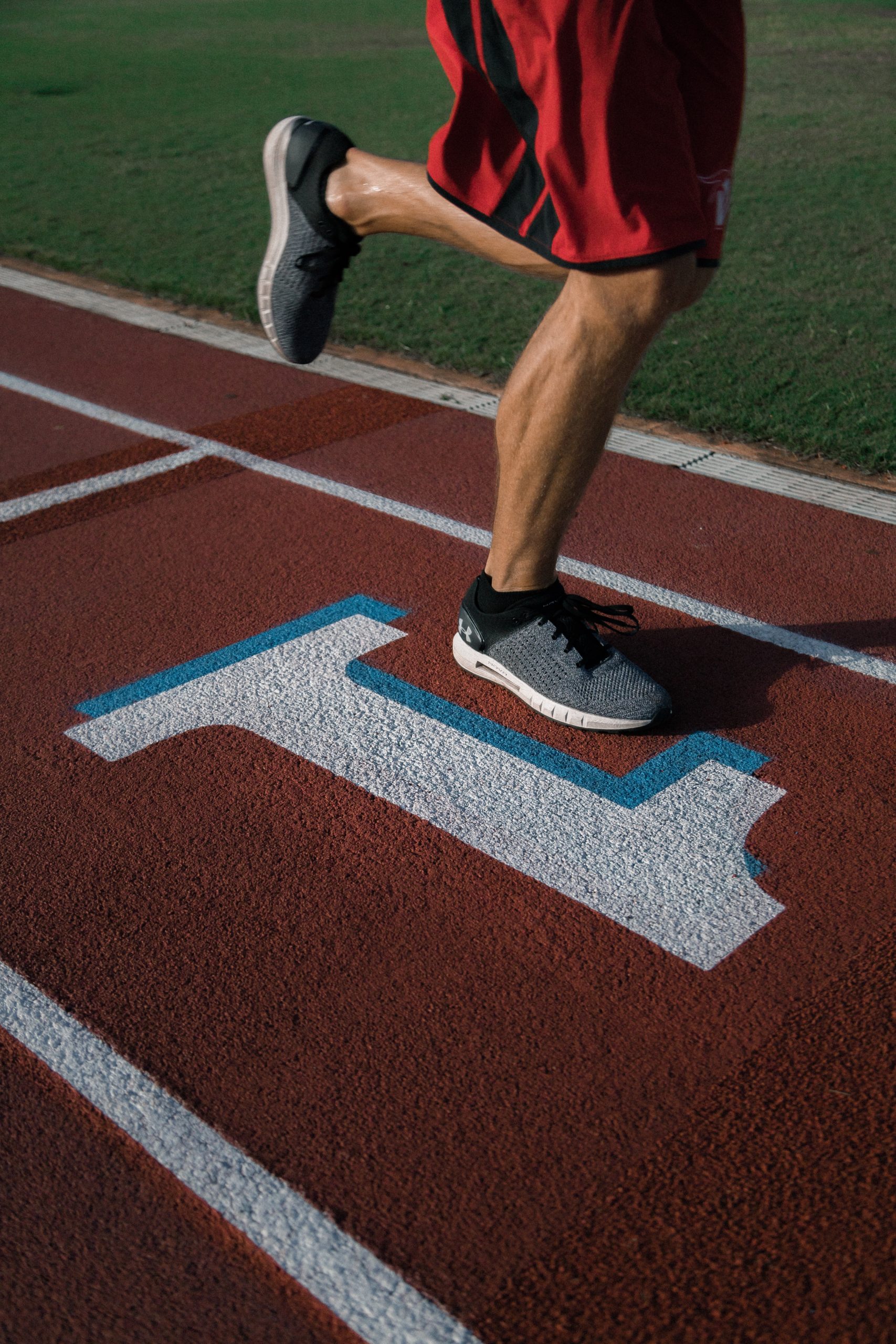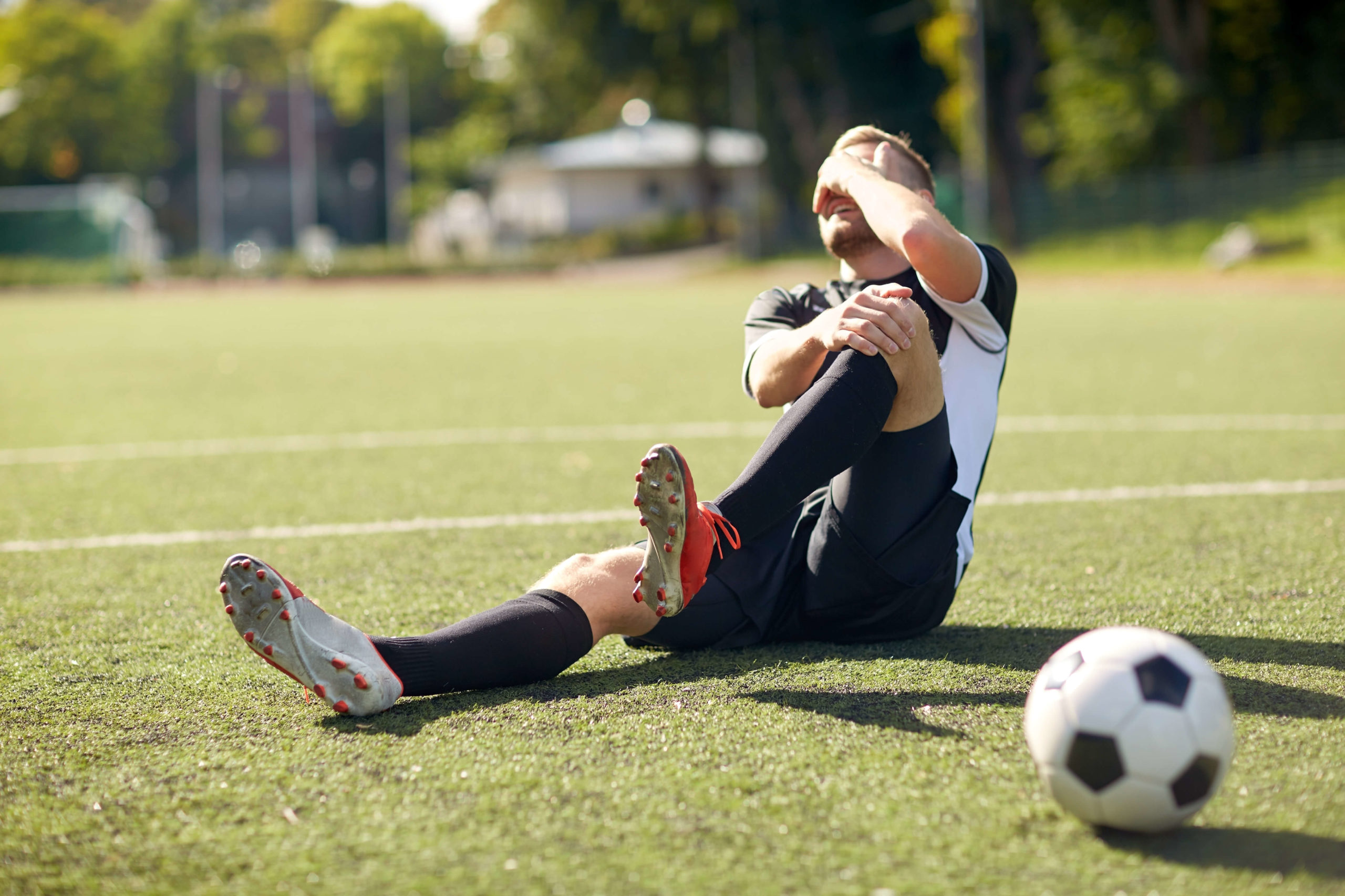Medical workers work hard to save lives and ease people’s pain. But sometimes needless deaths happen because of carelessness or mistakes in healthcare. Medical malpractice, which includes wrong diagnoses, botched surgeries, drug mistakes, and other mistakes that could have been avoided, can have very bad results. This piece talks about wrongful death cases that happen because of medical mistakes. It shows these terrible tragedies and the legal options that families can use.
1. Wrong diagnosis:
When a doctor doesn’t correctly identify a patient’s condition or gives the wrong diagnosis, which leads to bad treatment or no treatment at all, this is called a misdiagnosis. There are several ways that a wrong diagnosis can lead to wrongful death:
Failure to identify a severe medical condition in time (e.g., cancer, heart disease)
offering treatment for a sickness the patient doesn’t have.
Not getting treatment for a diagnosed illness until it gets to a very bad point.
2. Mistakes in surgery:
It’s especially upsetting when something goes wrong during surgery because it usually involves invasive treatments that could be life-threatening. Some common mistakes in surgery are:
Putting a patient through the wrong treatment.
Work was done on the wrong part of the body.
Not taking out the surgery tools or materials that were inside the patient.
Some mistakes in anesthesia hurt or kill patients.
3. Mistakes with medicines:
In healthcare situations, medication mistakes happen all the time. Some examples of these mistakes include giving the wrong medicine at the wrong dose to a person who is known to be allergic to it. Medication-related wrongful death can occur in:
Overdosing can cause organ failure or responses that are fatal.
Underdosing happens when a patient’s situation isn’t being managed well enough.
4. Not enough care after surgery:
Even if the surgery went well, not getting enough care afterward can cause wrongful death. To do this, you might:
Not keeping an eye on vital signs.
Infections or problems that aren’t treated quickly.
Medication mistakes while the person was recovering.
5. Injuries at birth:
Wrongful death can happen during childbirth when problems could have been avoided. Birth accidents that cause wrongful death may include:
Not keeping an eye on a fetal concern.
The wrong way to use tools or a vacuum extraction
Delayed or incorrect reaction to maternal or fetal complications
6. Not giving full information:
When a patient does not give informed permission for a procedure or treatment, wrongful death can happen. This could cause complications or bad effects that were not expected, which could kill the patient.
Families can use the law to:
People whose loved ones died because of bad medical care have the choice of going to court to get justice. This is usually what happens:
Talking to a Lawyer: Finding a lawyer who has experience with medical errors and wrongful death cases to look over the case
Investigation: Getting proof to build a strong case, like medical records, expert opinions, and comments from witnesses
Filing a Lawsuit: Starting a lawsuit for wrongful death against the healthcare provider or center that caused the death
Trial or settlement: The case may end in a settlement where the person is paid for their medical bills, funeral costs, lost wages, and mental pain. There are times when the case goes to trial.
Medical malpractice cases resulting in wrongful death are particularly sad because they involve patients who trusted their doctors and wanted to get better. Even though the law can’t really make up for the loss of life, families who have been hurt can hold those responsible accountable and keep other families from going through the same terrible things. To get through the complicated legal system and make sure that the rights and memories of the dead are respected and protected, it is important to talk to experienced lawyers.
If you have been injured due to another’s negligence, contact the personal injury lawyers at Darfoor Law Firm for a free case evaluation at 833-DARFOOR.



